The recent U.S.-brokered ceasefire between India and Pakistan, following four nerve-racking days of escalating military exchanges, offered a moment of reprieve from the brink of what many feared could become an all-out conflict between the two nuclear-armed neighbors. Missiles and drones crossed borders, tensions were sky-high, and the language from both capitals was increasingly aggressive. President Trump's sudden announcement of a truce, while welcomed, underscored the inherent fragility of the situation. Amid celebrations in India and Pakistan, and self-congratulations in Washington, Kashmir endured another night of violence, with both sides claiming violations. This temporary calm exists against a backdrop of deep-seated historical grievances, unresolved territorial disputes, evolving nuclear doctrines, and a complex interplay of internal and external pressures. The critical question now is not just how the ceasefire was achieved, but whether it can hold, and what the consequences would be if this fragile truce were to collapse.
Triggers for a Collapse
Several factors, both internal and external, could lead to the unravelling of the recent India-Pakistan ceasefire. While the immediate de-escalation was a positive step, the underlying conditions that fueled the recent crisis remain largely unaddressed.
One of the most immediate triggers would be a violation of the ceasefire agreement itself. This could be intentional, driven by a desire for tactical advantage or a miscalculation of the adversary’s red lines. Alternatively, it could be accidental, stemming from miscommunication, a technical malfunction, or unauthorized actions by local commanders along the Line of Control (LoC). Given the history of skirmishes and heightened military postures, the risk of such incidents remains significant. A single perceived violation could quickly unravel the trust necessary for the ceasefire to endure.
A resurgence of militant activity emanating from Pakistan-administered Kashmir, similar to the April attack that triggered the recent escalation, would almost certainly put immense pressure on the ceasefire. India has consistently held Pakistan responsible for supporting terrorist groups, and another major attack on Indian citizens or against Indian interests would provoke a strong response, potentially bypassing the ceasefire mechanisms entirely. Pakistan’s ability and willingness to curb such activity, and India’s threshold for tolerating it, are critical variables.
Domestic political pressures in both countries also play a significant, often destabilizing, role. Leaders facing internal challenges or seeking to consolidate power may be tempted to adopt a hardline stance against the adversary to rally nationalist sentiment. The Indian airstrikes that followed the April attack, occurred in a climate of heightened public anger and political pressure for a strong response. Similarly, political instability within Pakistan could lead to unpredictable decision-making regarding India. The need to appear strong and decisive for a domestic audience can override the imperative for de-escalation, making leaders less flexible and more prone to risky behavior when the ceasefire is tested.
Miscalculation or misinterpretation of actions is another risk. In a high-tension environment, defensive measures can be perceived as offensive preparations, leading to a dangerous cycle of reactions. A military exercise, a change in force posture, or even ambiguous rhetoric could be misinterpreted as a prelude to attack, prompting a pre-emptive response that shatters the truce. The lack of robust, direct communication channels and a history of deep mistrust exacerbate this risk.
Finally, the lack of sustained international pressure or engagement could contribute to a ceasefire collapse. While the U.S. played a role in brokering the recent truce, maintaining this requires ongoing diplomatic effort from the international community. If global attention shifts elsewhere, or if external powers are unwilling or unable to exert influence, the incentives for both sides to adhere to the agreement may diminish, especially when faced with internal or regional pressures. The absence of a strong, consistent international voice advocating for restraint and dialogue weakens the fragile foundations of the ceasefire.
Nuclear War?
The collapse of the ceasefire agreement would immediately raise the terrifying question of whether the conflict would revert to the recent pattern of limited conventional strikes or escalate toward nuclear use.
The most likely immediate consequence would be a return to conventional military exchanges, similar to the four days preceding the ceasefire. This could involve cross-border shelling, limited airstrikes, and possibly drone warfare targeting military installations or alleged militant infrastructure. The scale and intensity of these exchanges would depend on the specific trigger for the ceasefire collapse and the political calculations of the leadership in both countries. However, the experience of the recent escalation demonstrates how quickly such limited actions can spiral, with each retaliatory step raising the stakes.
India and Pakistan also maintain a bilateral agreement, signed in 1991, to annually exchange lists of their nuclear installations, a confidence-building measure intended to prohibit attacks on these sites during conflicts, covering facilities from power reactors to storage of significant radioactive materials. However, it can be suspended just like the Indus Water Treaty (IWT) was following the terrorist attacks.
The critical danger, however, lies in this conflict escalating to the nuclear level. Especially with the existence of a balance of nuclear deterrence between the two parties, as both countries are close in the number of nuclear warheads they possess. Pakistan’s nuclear doctrine, which does not include a “No First Use” policy, is often interpreted as reserving the right to use nuclear weapons to counter a large-scale conventional attack by India, which possesses a larger conventional military. India’s doctrine, which has historically included a “No First Use” policy has seen some ambiguity in recent years, suggesting a potential shift or a willingness to retaliate massively against even a conventional attack if it is deemed to be of sufficient magnitude to threaten India’s strategic interests.
The nuclear capabilities of both sides, including aircraft and air-delivered weapons, land-based missiles, and sea-based missiles, provide multiple avenues for delivering nuclear strikes, complicating deterrence and increasing the speed with which escalation could occur. The development of sea-based capabilities, in particular, introduces a second-strike capability that could theoretically enhance stability, but in a crisis, could add another layer of complexity and potential for miscalculation.
Miscalculation remains a paramount risk in this escalation process. In the fog of war, with potentially degraded communication and command structures, leaders might misjudge the adversary’s intentions, capabilities, or resolve. A conventional attack perceived as existential could trigger a nuclear response, or a limited nuclear strike could be misinterpreted as an all-out attack, leading to a full-scale nuclear exchange. The bilateral agreement not to attack nuclear installations, while a positive step, does not prevent the targeting of cities or military forces, which could still lead to nuclear use.
Impact on the Middle East
Should the ceasefire collapse and lead to a renewed conflict, even a conventional one, the repercussions would extend far beyond South Asia, significantly impacting the Middle East in various ways, particularly concerning trade, energy, and food security.
The most immediate and significant impact on the Middle East would be on energy markets. A full-scale war would likely lead to massive price surges in oil and gas as markets react to increased geopolitical risk and potential supply disruptions. While direct attacks on Middle Eastern energy infrastructure are unlikely, the conflict could disrupt shipping lanes in the Arabian Sea and potentially impact the Strait of Hormuz, a critical chokepoint for global oil transit. This would severely impact energy importers globally but also affect the revenue and economic stability of Middle Eastern energy-producing nations, creating uncertainty for future investments and production plans. While overall global demand might decrease due to economic slowdown, regional demand patterns could shift. Military operations require significant fuel, potentially increasing demand from countries involved or supporting the conflict.
Trade would also be severely affected. The Middle East has significant trade relationships with both India and Pakistan, ranging from energy exports to imports of goods and services. As mentioned regarding energy, the vital maritime trade routes through the Arabian Sea and the Gulf would face significant disruption. Shipping costs would skyrocket due to increased risk and insurance premiums. Ports in the Arabian Gulf would see a drastic reduction in traffic, impacting port operations, logistics, and associated industries. A conflict would likely halt major forms of trade, impacting businesses and individuals involved in these exchanges, including those in the Middle East who facilitate or participate in this trade. Middle Eastern countries that import goods from or export goods to India and Pakistan would need to find alternative markets and suppliers, leading to economic adjustments and potential losses.
Food Security in the Middle East would be severely impacted. Even a “limited” nuclear exchange could trigger a “nuclear winter” scenario, causing significant drops in global temperatures and sunlight, leading to widespread crop failures in major food-producing regions. The Middle East, which imports a large percentage of its staple foods like wheat and rice, would face severe shortages on the international market and massive price increases. The region’s severe water stress limits its ability to significantly increase domestic food production to offset import losses. This would compound the crisis, potentially leading to widespread famine, malnutrition, and social unrest in countries already facing economic hardship and political instability. The existing vulnerabilities in the Middle East’s food systems would be brutally exposed by a global food crisis triggered by a nuclear conflict between India and Pakistan.
Beyond these specific areas, a war between India and Pakistan would also exacerbate existing geopolitical tensions in the Middle East. Regional rivalries could intensify as external powers with interests in both South Asia and the Middle East increase their involvement. The focus of global attention and resources would shift, potentially creating vacuums or opportunities for various state and non-state actors within the Middle East to pursue their own agendas, further destabilizing an already complex region.
In conclusion, the collapse of the recent India-Pakistan ceasefire would be a grave development with cascading consequences. While a return to conventional attacks is the most probable immediate outcome, the inherent risks of escalation to nuclear war, driven by doctrine, miscalculation, and the nature of their arsenals, remain terrifyingly real. Should conflict erupt, the Middle East, despite not being a direct party, would face severe repercussions across its energy markets, trade routes, and critically, its already precarious food security situation.
The interconnectedness of the global system means that a major conflict between two nuclear powers in South Asia would send shockwaves that destabilize regions thousands of kilometers away, highlighting the urgent need for sustained diplomatic engagement and a renewed global commitment to preventing such a catastrophe. The fragile truce must hold, for the alternative is a path toward ruin with global implications.
This analysis is part of the “What If” series, available on AHRC website under the Early Warning Program.
References
Barigazzi, Jacopo. “India and Pakistan Agree to Ceasefire.” POLITICO, May 11, 2025. https://www.politico.eu/article/india-pakistan-conflict-escalates-closer-full-scale-war/
Daftari, Amir. “India and Pakistan’s Nuclear Arsenal Compared.” Newsweek, May 7, 2025. https://www.newsweek.com/india-pakistan-nuclear-arsenal-2069013
Lawal, Shola. “Could India, Pakistan Use Nuclear Weapons? Here’s What Their Doctrines Say.” Al Jazeera, May 10, 2025. https://www.aljazeera.com/news/2025/5/10/could-india-pakistan-use-nuclear-weapons-heres-what-their-doctrines-say
Mehrotra, Karishma, Rick Noack, and Natalie Allison. “The U.S. Helped Deliver an India-Pakistan Ceasefire. But Can It Hold?” The Washington Post, May 10, 2025. https://www.washingtonpost.com/world/2025/05/10/india-pakistan-ceasefire-trump-kashmir-violations/
Peshimam, Gibran, Shivam Patel, Charlotte Greenfield, and Aftab Ahmed. “Explosions Reported After India and Pakistan Agree to Ceasefire.” Reuters, May 11, 2025. https://www.reuters.com/world/india/pakistan-says-three-air-bases-targeted-by-indian-missiles-2025-05-10/
Robock, Alan, and Lili Xia. “India and Pakistan Remind Us We Need to Stop the Risk of Nuclear War.” Scientific American, May 8, 2025. https://www.scientificamerican.com/article/india-and-pakistan-remind-us-we-need-to-stop-the-risk-of-nuclear-war/
Sangal, Aditi, Rhea Mogul, Sophia Saifi, Esha Mitra, Alex Stambaugh, James Legge, Sophie Tanno, Christian Edwards, and Adrienne Vogt. “India-Pakistan Truce Appears to Hold Despite Accusations of Violations.” CNN, May 11, 2025. https://edition.cnn.com/world/live-news/india-pakistan-operation-sindoor-05-10-25
Suciu, Peter. “Can India and Pakistan Walk Back from the Brink of War?” The National Interest, May 9, 2025. https://nationalinterest.org/feature/can-india-and-pakistan-walk-back-from-the-brink-of-war
Vivek Kumar, “Nuclear Nations: How India and Pakistan Arsenals Compare,” India Today, May 7, 2025, https://www.indiatoday.in/diu/story/nuclear-nations-india-pakistan-arsenals-war-operation-sindoor-2721157-2025-05-07
Winkie, Davis. “Kashmir Conflict: A Look at How India and Pakistan Became Nuclear Powers.” USA TODAY, May 7, 2025. https://www.usatoday.com/story/news/world/2025/05/07/how-did-india-pakistan-get-nuclear-weapons/83494547007/
Kristensen, Hans, and Matt Korda. “SIPRI Yearbook 2024 Armaments, Disarmament and International Security: World Nuclear Forces.” SIPRI, 17 June, 2024. Accessed May 11, 2025. https://www.sipri.org/yearbook/2024/07
SIPRI. “Role of Nuclear Weapons Grows as Geopolitical Relations Deteriorate—new SIPRI Yearbook Out Now,” June 17, 2024. https://www.sipri.org/media/press-release/2024/role-nuclear-weapons-grows-geopolitical-relations-deteriorate-new-sipri-yearbook-out-now
Center for Arms Control and Non-Proliferation. “Fact Sheet: India’s Nuclear Inventory,” May, 2025. Accessed May 11, 2025. https://armscontrolcenter.org/indias-nuclear-capabilities/
Center for Arms Control and Non-Proliferation. “Fact Sheet: Pakistan Nuclear Inventory,” May 2025. Accessed May 11, 2025. https://armscontrolcenter.org/pakistans-nuclear-capabilities/

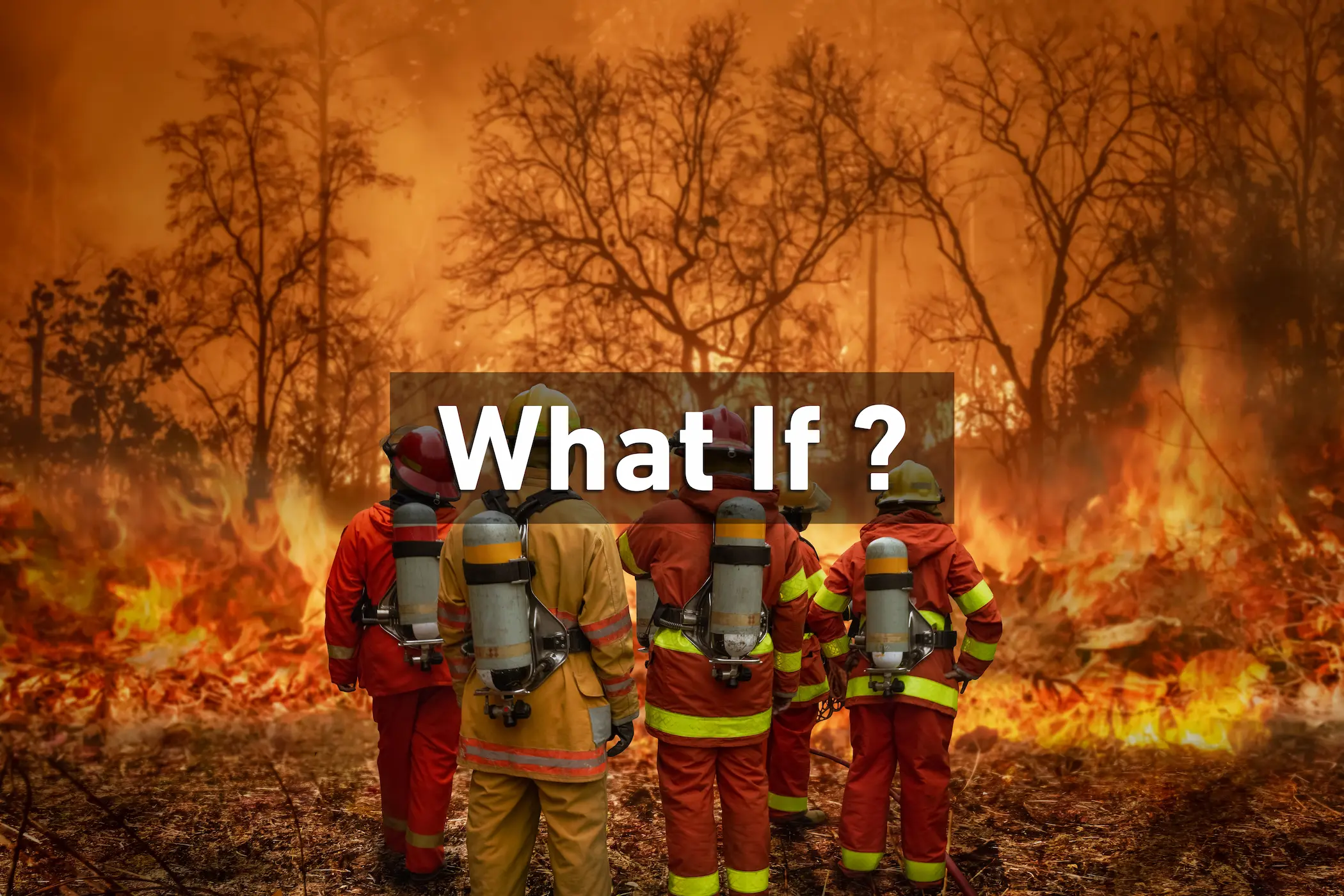


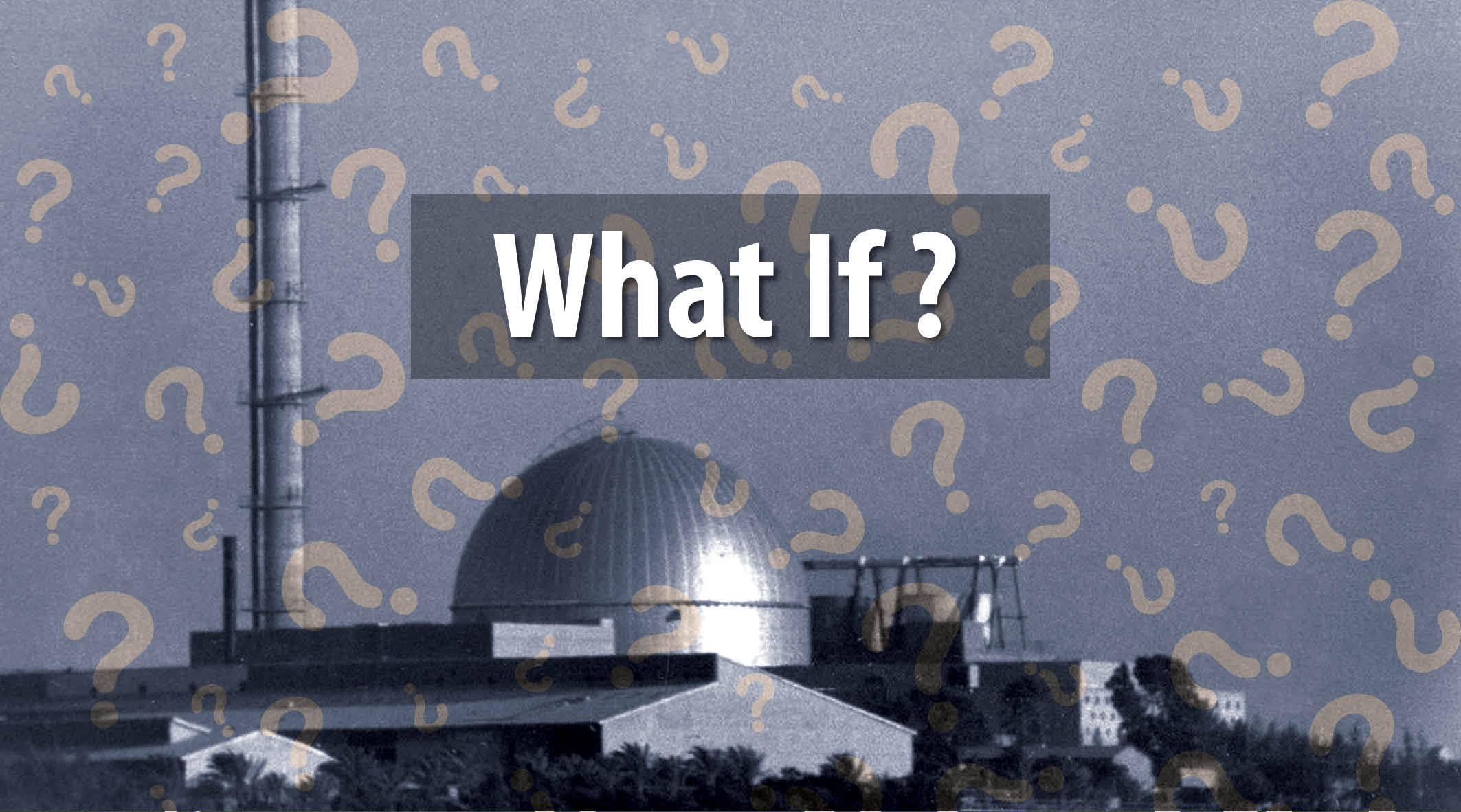
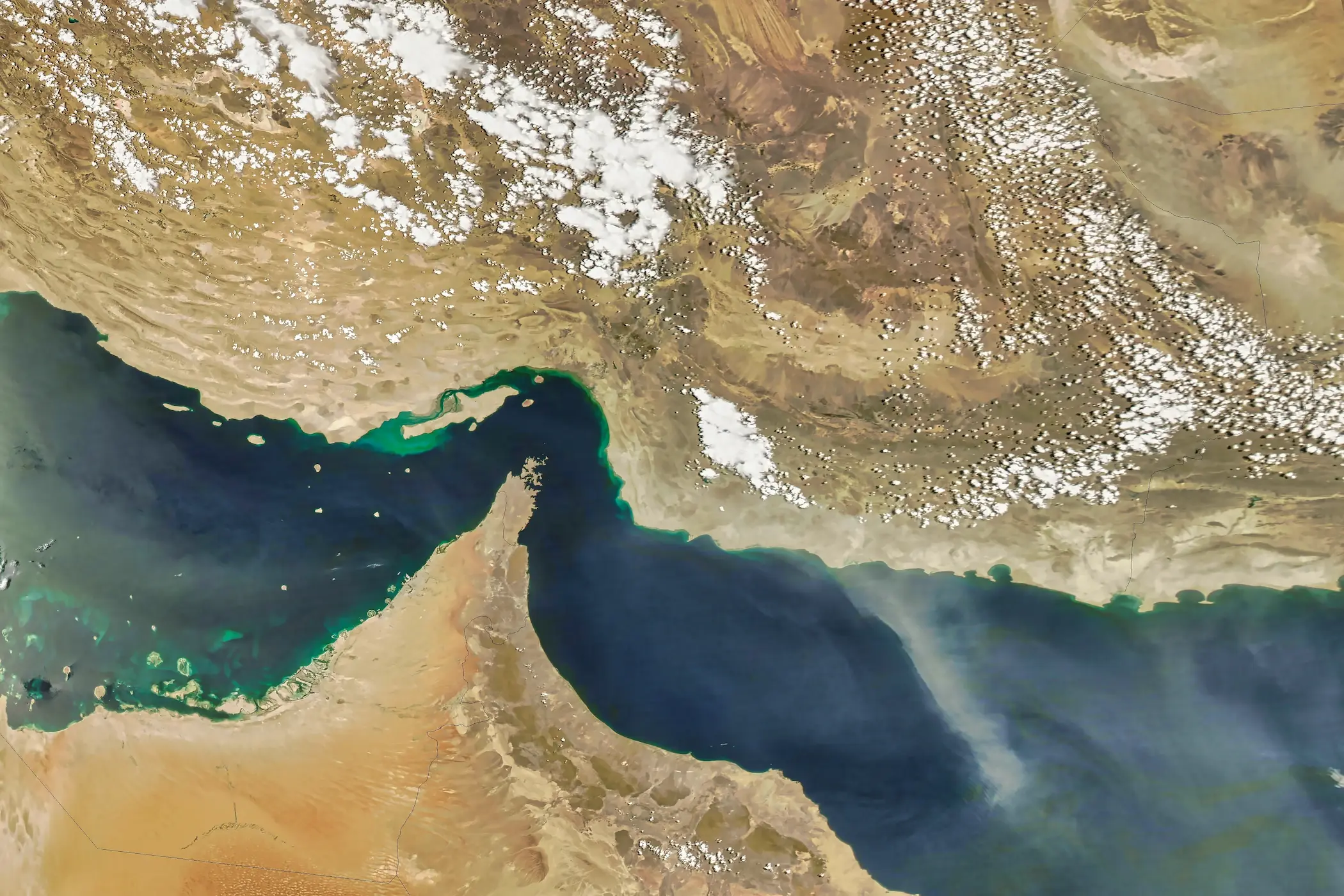

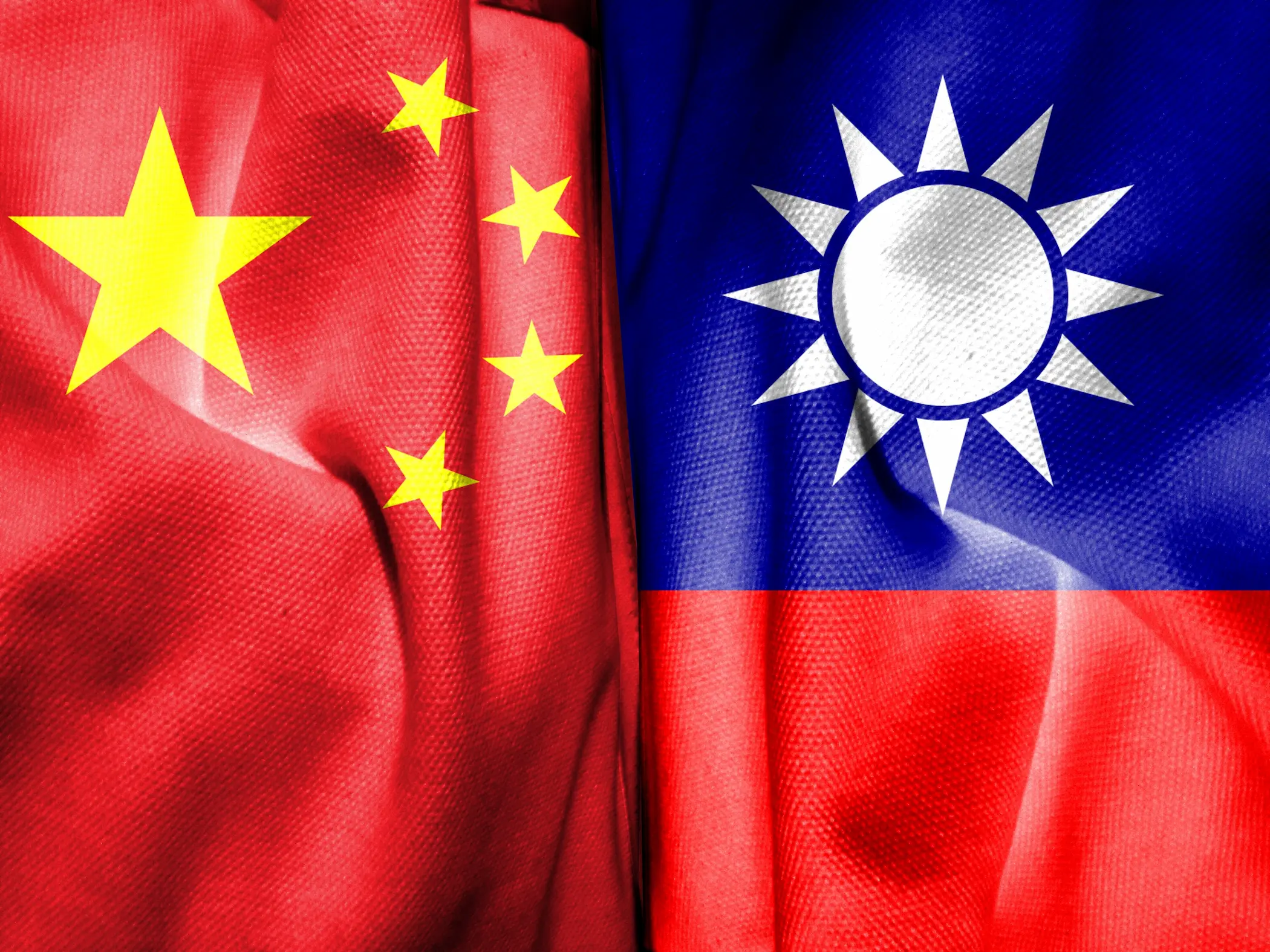



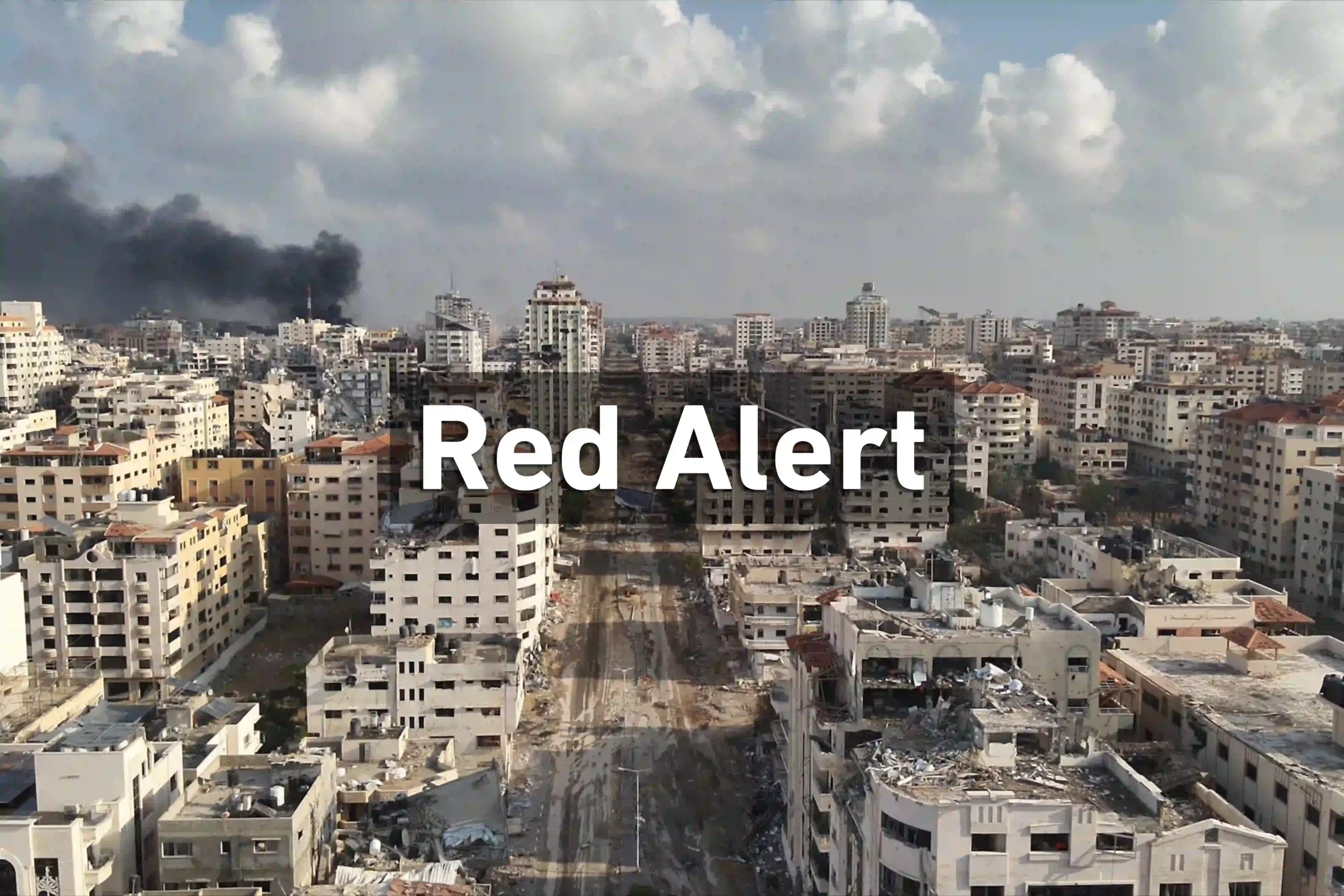


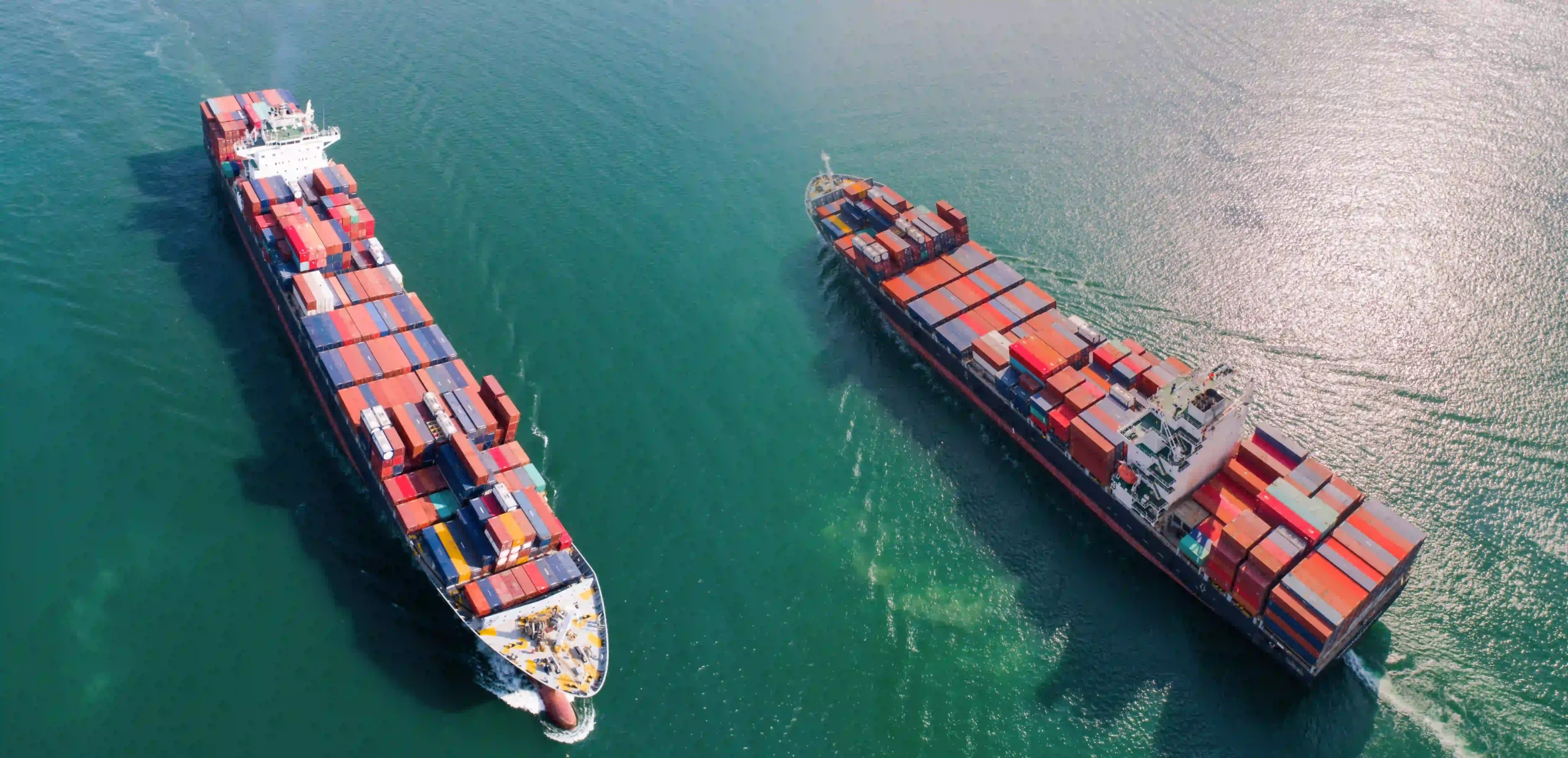


Comments